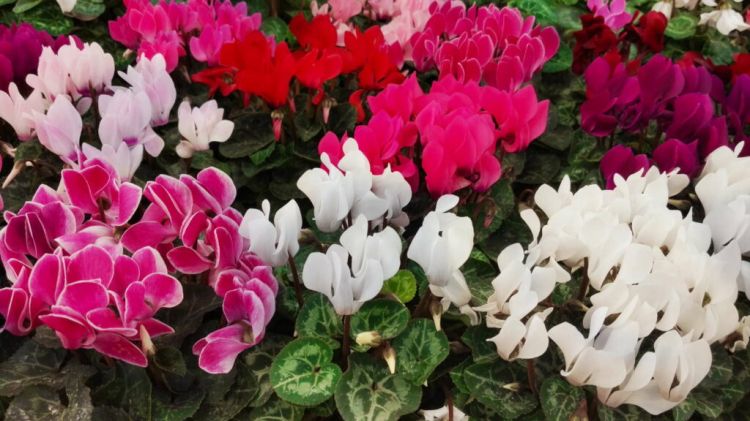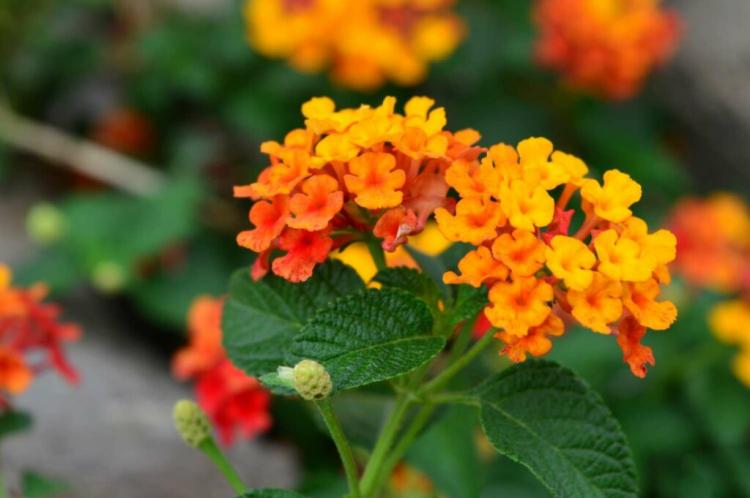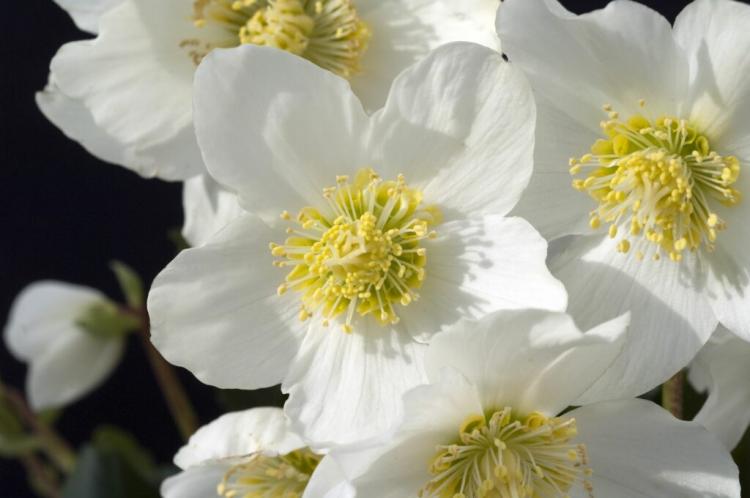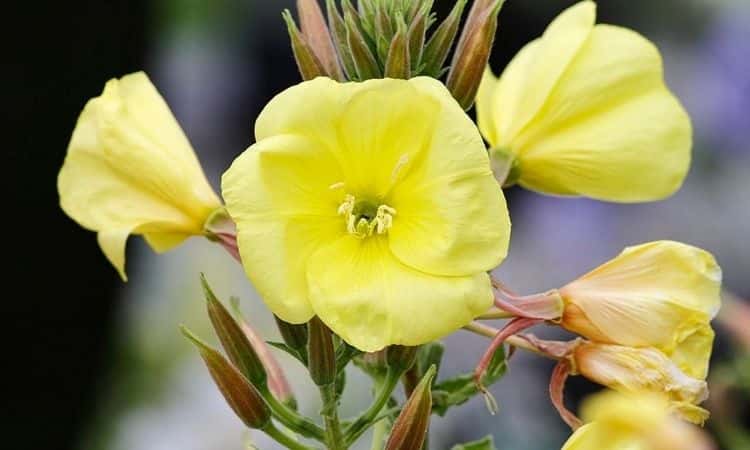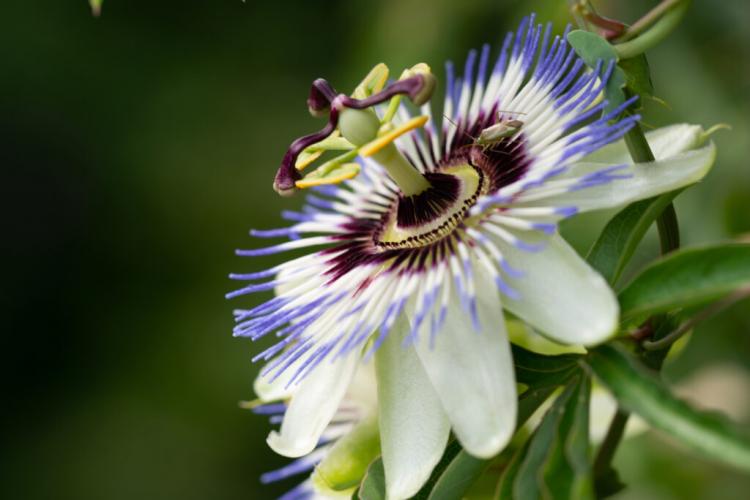Cyclamen Species: Variety Between Bedding And Houseplant
Both in the house and the bed, the cyclamen cuts a fine figure in the cold season. But how do the different types differ? The variety of cyclamen does not stop with pink-blooming houseplants on grandma’s kitchen window sill. The primrose family (Primulaceae) offers different flowering times in winter/spring or summer/autumn, depending on the species, and is also suitable for the garden. The now numerous cultivars offer flowers in all imaginable colors, from white to purple and from orange to red to multi-colored. It’s really worth taking a closer look at this charmingly blooming botanical genus.
Cyclamen: Species and Diversity
Table of Contents
There are a total of around 22 species of cyclamen, which offer a huge variety of flower colors and flowering times. With the right choice, you can admire the butterfly-like flowers almost all year round. However, diversity also goes hand in hand with very individual demands. Here is a small selection of cyclamen:
Ivy-leaved cyclamen ( Cyclamen hederifolium )
- Also autumn cyclamen, Neapolitan cyclamen
- Flowering period: August to October
- Distribution area: Northern Mediterranean
- Hardy, leaves are retained in winter
Room cyclamen ( Cyclamen persicum )
- Also Persian cyclamen
- Flowering period: March to April, but also autumn
- Distribution area: Eastern Mediterranean
- Not hardy, leaves pull in in winter
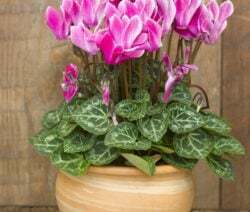
The cyclamen is probably the best known

The cyclamen coum is hardy
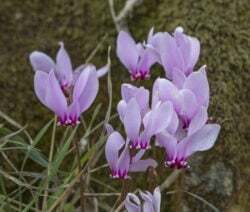
The European cyclamen is also hardy
European cyclamen ( Cyclamen purpurascens )
- Also summer cyclamen, wild cyclamen, cyclamen, earth slice, or earth bread
- Flowering period: June to September
- Distribution area: the Southern Alps, Eastern Alps to the Balkans
- Winter hardy, almost simultaneous death and regeneration of the leaves
Early spring cyclamen ( Cyclamen coum )
- Flowering period: January to March
- Distribution area: West Asia
- Hardy, leaves appear in autumn
Curly- leaved cyclamen (Cyclamen repandum)
- Flowering period: March to May
- Distribution area: Southern Europe, Mediterranean area
- Not hardy
You might so like: The 10 Most Beautiful Christmas Plants And How To Care For Them Properly
Cyclamen as a houseplant: characteristics and requirements
The non-winter-hardy species such as the indoor cyclamen are best suited for greening rooms. When the cyclamen thrive in your own four walls, you should pay particular attention to the temperature, because the plants do not like too much heat. Here are the conditions under which your cyclamen feels comfortable with you and blooms to its full splendor:
- Temperature: 12-15 ° C
- Location: bright, no direct sun
- Soil: Well-drained potting soil
- Pot with a drainage hole
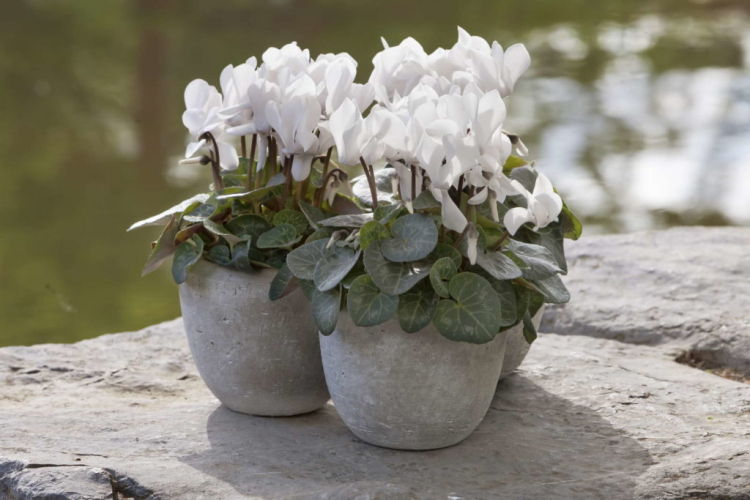
A bright place in a kitchen that is not too heated or a nice cool stairwell or adjoining room is therefore ideal. In the case of unheated rooms, just make sure that the temperatures do not fluctuate too much. A well-drained soil combined with the right pot is essential for your cyclamen to stay healthy in the pot for a long time. The plants are very sensitive to waterlogging and have to be watered skillfully.
Cyclamen outside in the garden: characteristics and demands
All hardy species are suitable for planting in the garden. When cyclamen have found a nice spot in the garden, they thank you for this with independent propagation through the formation of clumps and flowers that bloom in the most beautiful colors every year. For cyclamen outside in the garden, the following only applies:
- Location: shade to partial shade
- Soil: Soil rich in humus, can be improved with organic potting soil
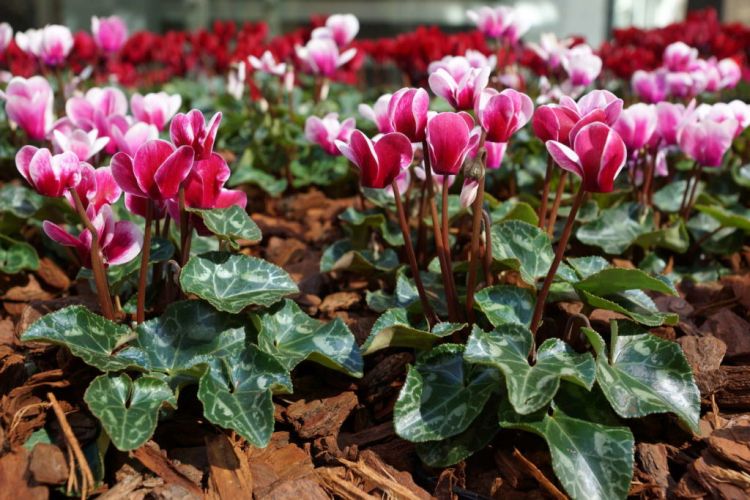
Because cyclamen prefer shady locations, they are very suitable for underplanting hedges or filling gaps between taller perennials.
You might so like: How to grow Primrose (Primula)
Successfully overwintering cyclamen in the garden
Violets that adorn your garden in the tub should move to a sheltered place in winter. In the bed, the plants should be covered with a layer of brushwood to protect them. This protects against the winter sun and thus against drying out.
